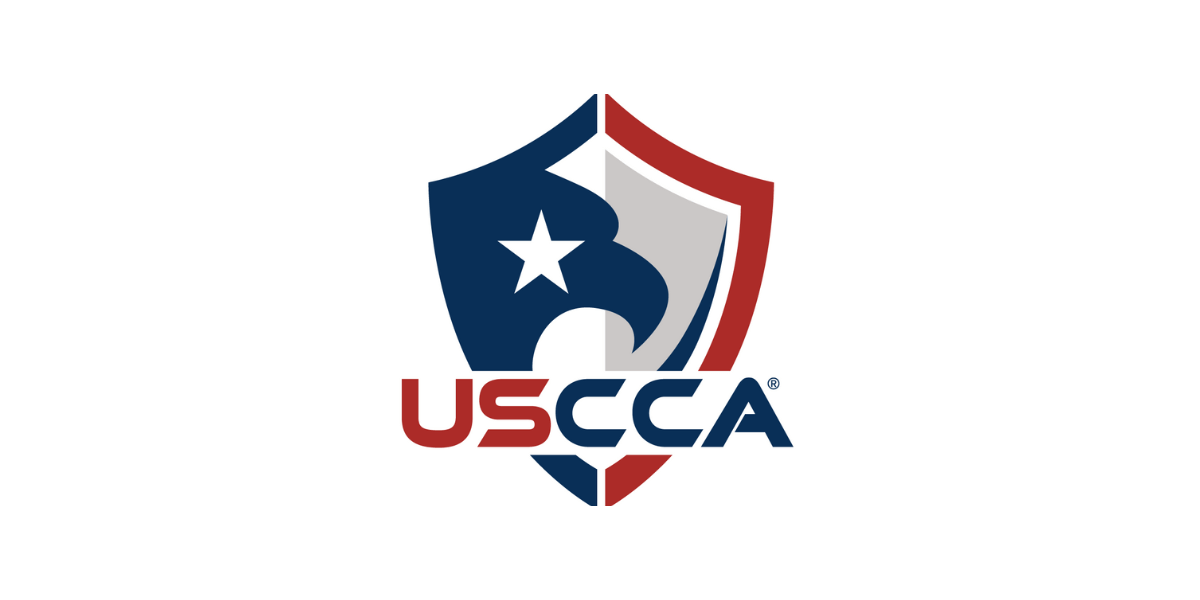
It may not be an everyday occurrence, but when renting a limousine—whether for a wedding, prom or other special occasion—it is a good idea to spend a few extra minutes to take precautions to ensure the safest trip possible.
New Yorkers should be cognizant about their personal safety when renting and riding in limousines—or any type of for-hire vehicle, for that matter. A range of elements related the safety of limousines, and particularly “stretch” limos, has come under scrutiny in the aftermath of the deadly crash that claimed 20 lives in the upstate town of Schoharie, New York on October 6.
The modified, stretched 2001 Ford Excursion drove through a stop sign and slammed into a dirt embankment, killing all 17 passengers and the driver, plus two people in the parking lot of an adjacent country store. The National Transportation Safety Board (NTSB) is investigating the accident and called it the worst transportation crash in the United States in nine years.
Although an accident reconstruction and full investigation hasn’t been completed, serious issues already have come to light about possible causes of the tragedy. For example, the limousine company allegedly allowed, not only an improperly licensed driver to operate a vehicle, but the company also allowed a vehicle on the road that should not have passed state inspections.
There are also questions regarding how the vehicle was able to obtain an approval sticker, given the fact that the vehicle was modified. Indeed, it appears that these modifications were not customary or properly done and failed to adhere to accepted safety standards. It may very well be that we will never know the answer as to the cause of the accident. However, it is safe to say that the lawsuits which will certainly be filed will explore these concerns.
The accident has also engendered speculation and raised questions as to whether something can be done to prevent a tragedy like this in the future. For example, it has been suggested that imposing harsher penalties for the failure to obtain proper driver licensing and/or for driving a vehicle after being advised of inspection violations, might act as a deterrent. We can’t possibly know if these suggestions will be enacted, let alone work, but it makes clear the importance of individuals to be as aware as possible about the safety of the vehicle in which they are riding—whether it is a limo, taxi, Uber, Lyft or other vehicle.
Driver qualifications
There are different types of licenses that for-hire drivers in New York State are required to possess. As you would imagine, these different levels of qualifications are related to the size and weight of the vehicle and the number of passengers being transported (i.e., more risk, higher classification). Drivers of vehicles such as limousines, taxis and some vans must have a Class E license and can transport no more than 14 passengers.
Drivers of large or heavy vehicles, such as stretch limousines, buses and tow trucks, must have a commercial driver’s license (CDL), according to federal law. Drivers must also have a CDL if they are transporting more than 15 passengers, regardless of the weight of the vehicle. Drivers with CDLs generally must pass medical exams, pre-employment checks and road tests.
Vehicle inspections
Vehicles that carry nine or more paid passengers must be certified by the Department of Transportation (DOT) every six months. Yellow New York City taxis are required to be inspected three times a year, while the city’s green cabs are subject to inspection twice a year and livery cars every other year.
Uber and Lyft vehicles are subject to 19-point vehicle inspections to ensure that they meet the companies’ requirements. This may actually be a more rigorous standard than most states require of their own inspections. Lyft makes it a point to mention on its website that taxis and stretch limousines are not allowed to be used on its platform. This is almost assuredly a decision that was made to avoid legal liability.
The stretch Ford Excursion involved in the Schoharie crash had been cited in September for brake problems and the owner did not have the proper operating authority from the DOT to run the business, according to reports published in the Albany Times Union. However, the vehicle had allegedly, illegally been given a “passed” inspection sticker from a Department of Motor Vehicles-approved inspection location.
Legislation
The October 2018 crash was not the first instance to prompt examination of legislation related to limo safety. A 2016 Suffolk County grand jury report was issued following a 2015 crash of a Lincoln Town Car attempting to make a U-turn that was struck by a truck, killing four people. That limo also had been “stretched” to hold 10 people, and the accident highlighted the lack of regulation over stretch limousines, according to the report.
The grand jury report also found that “the largely unregulated side-impact safety features of stretch limousines were insufficient to protect passengers, and companies involved in each stage of building a stretch limo . . . believed that ‘someone else’ was undertaking relevant crash testing of newly-built stretch limousines.”
The report recommended that the New York State Legislature expand driver certification requirements, including “vehicle-specific road test, for drivers of stretch or modified limos carrying nine or more occupants” and require drivers to be at least 25 years old. To date, none of the report’s recommendations have been implemented.
More recently, a bill (S3299) passed in the Senate April 16, 2018 would stiffen penalties on drivers without valid licenses who kill or injure passengers or bystanders. The bill would make it a Class E felony of vehicular assault in the second degree, the causing of serious physical injury while operating a vehicle with suspended, revoked or no license. The bill is currently in the State Assembly, where it remains in the Codes committee.
Following the Schoharie crash, legislation was proposed that would make it a criminal offense to transport passengers in old or unsafe limousines. The “Stretch Limousine Safety Act” would require stretch limousines be illegal to drive after 10 years, create new procedures for handling failed vehicle safety inspections, impose a minimum liability insurance coverage of $2 million, and require inspection results be listed on the state Department of Transportation website.
New York Senators Charles Schumer and Kirsten Gillibrand have also recommended the NTSB enact stricter regulation of stretch vehicles.
Staying safe in a limousine
How can you improve your chances of a safe limo ride? It is a good idea to spend a few extra minutes asking a few questions and looking at the vehicle:
- Inquire about the inspection record, age and condition of the vehicle in which you will be riding prior to renting it.
- Verify that the driver has the proper license to operate the type of limousine in which you will be riding.
- Check online reviews, such as Yelp, google and Facebook for any clues about potential red flags surrounding the company from which the limousine is being rented.
- When the car arrives, verify the vehicle’s license approval sticker, which is located on the passenger-side of the windshield.
- Talk to the driver before departing and ensure that he or she appears alert and capable of driving the vehicle.
- Be on the lookout for any damage to the vehicle, which could be a sign the vehicle is not road-worthy.
- Although there is no law in New York State requiring that seatbelts be worn in a limousine, it is advisable to wear them if they are available.
- If something does not seem right with the vehicle or the driver’s ability to operate it, do not hesitate to call 911.
- When getting out of the vehicle, never exit on the driver’s side of the vehicle into traffic.
If you or a loved one has been injured in a limousine, taxi, Uber, Lyft or other for-hire vehicle, it is important to talk to an attorney who handles civil lawsuits.






